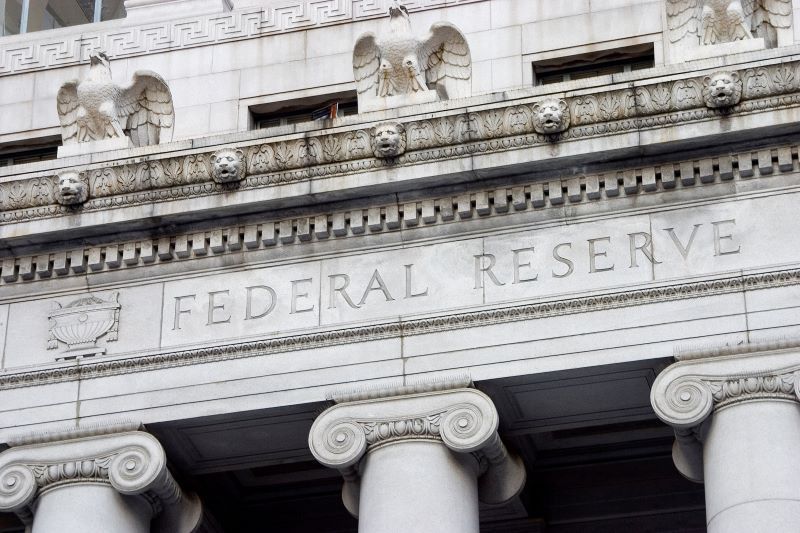The Role of Central Banks in Coin Circulation

Central banks, the backbone of the global financial system, perform various functions from setting monetary policy to regulating commercial banks, maintaining the nation's payment systems, and ensuring the overall stability of the economy.
One of their less-discussed but equally vital responsibilities is the role they play in coin circulation. This article offers an exploration of this pivotal function.
The Importance of Coin Circulation
Coin circulation refers to the process by which coins pass from hand to hand, facilitating daily transactions. Economically, it's a cornerstone of local commerce, particularly in smaller value transactions and for those who rely heavily on cash, such as street vendors and rural communities.
Societally, efficient coin circulation fosters financial inclusivity, allowing unbanked or underbanked populations access to trade and commerce.
How Central Banks Control Coin Circulation
Central banks' monetary policy decisions often directly impact coin circulation. They determine the denomination, volume, and nature of the coins needed for smooth economic functioning.
Central banks typically authorize the mintage of coins, ensuring that the quantity produced aligns with the economic demand. This is often an intricate balance, ensuring enough coins are produced to avoid shortages but not so many that they lose value.
After production, the central bank is responsible for distributing coins to commercial banks, who then distribute them to businesses and individuals. This process helps to ensure that coins are available where and when they are needed.
Central banks also play a role in withdrawing coins from circulation, either due to damage, counterfeits, or when a coin is no longer deemed useful or economically efficient.
Case Studies
Different central banks apply unique approaches to coin circulation based on their jurisdiction's specific needs:
- In the United States, the Federal Reserve manages coin circulation by working with the U.S. Mint and local banks, ordering new coins based on demand and replacing damaged ones.
- The European Central Bank, governing the Euro, employs a two-tier system where national central banks manage coin circulation in their respective countries under the ECB's broader monetary policies.
- The Reserve Bank of India, recognizing the country's heavy reliance on cash transactions, actively manages the production and distribution of coins, even utilizing mobile banking vans to reach remote regions.
The Impact of Digitalization and Cryptocurrencies on Coin Circulation
With the advent of digital payments and cryptocurrencies, traditional coin circulation is being challenged. Fewer physical transactions imply a reduced need for coins.
In response, some central banks are exploring Central Bank Digital Currencies (CBDCs), intending to combine the convenience of digital payments with the stability and regulation of conventional currency.
These developments could significantly alter the future role of central banks in currency circulation.
Conclusion
Despite the overshadowing spotlight on their macroeconomic roles, central banks' function in coin circulation remains integral to everyday commerce and societal inclusivity.
As the world gradually transitions to digital transactions, central banks will need to adapt their roles in coin circulation, potentially redefining what currency circulation means in an increasingly digital world.

